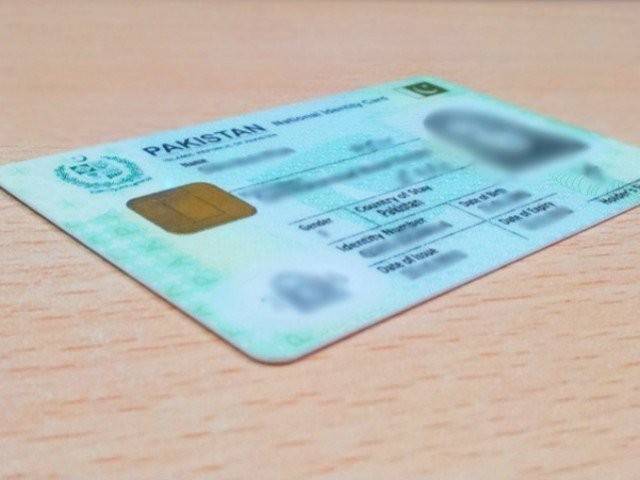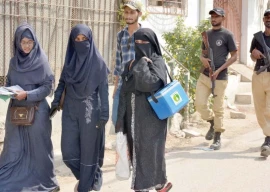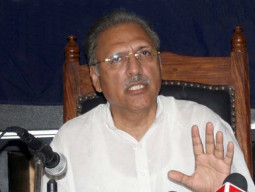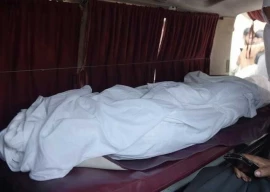
The Sindh government is planning to develop a database about the socio-economic condition of the people of the province. The need for developing a database was felt after the government had to go through several difficulties in receiving updated and reliable data related to the poor population so that it could implement its social protection programme.
Currently, the only database about people’s socioeconomic condition is available through the Benazir Bhutto Income Support Programme (BISP), which is not reliable anymore because it has not been updated for many years. The BISP was introduced and launched throughout the country by the Pakistan Peoples Party-led government in July 2008.
The Sindh government has reserved Rs34 billion for its ‘Pro-poor Social Protection and Economic Sustainability Initiative,’ to financially support economically disadvantaged sectors of the province, especially those affected by the Covid-19 pandemic. One of the major components of the programme will include the distribution of Rs20 billion among the affected population in the shape of cash transfers.
To distribute the cash relief, the Sindh government formally approached the centre during the first week of August 2020 with a request to share the BISP data. It also sought data from the National Database Registration Authority (NADRA) and the Pakistan Bureau of Statistics for implementing other components of the social protection programme.
“Our main concern is the validity of the (BISP) data which is over ten years old now”, the Special Assistant to Sindh Chief Minister and In charge of the social protection programme, Haris Gazdar told The Express Tribune. “It is a challenge for us. Building up a provincial social protection mechanism cannot be avoided as we do not have an option.”
According to Gazdar, the province needs a provincial mechanism in a very short time for implementing the social protection programme on much reliable database.
“The BISP (database) took over two years to compile. Now we are going to build the provincial system much more quickly”, he added.
Responding to a query, Gazdar said the government has sent formal requests to NADRA and the Bureau of Statistics to share their data. Some data related to the census has already been received.
“The NADRA authorities have informed us that they have forwarded the Sindh government’s request to the higher authorities for clearance, after which the complete dataset will be sent to us.”
Renowned economist and former civil servant Dr Murtaza Khuhro has supported the move to develop a provincial database. Shedding light on the matter, he said that verifiable data must be available for effective and transparent delivery of the government’s relief.
“Mismanagement and corruption are bound to happen in the absence of transparency and it will result in the failure of the scheme”, he added.
Khuhro said that people who have been worst affected by the COVID-19 pandemic are earning through the informal economy, agriculture, and the services sectors like small restaurants, transport, and other daily-wage jobs.
“No government can help these people without identifying them and without collecting their data,” he said.
The Sindh government decided to start the implementation of the social protection programme in September 2020. The decision was taken during a meeting of the steering committee of the programme, which was presided over by Sindh Chief Secretary, Syed Mumtaz Ali Shah, on August 4.
The participants of the meeting were informed that the scheme has set aside a total budget of Rs34 billion for the current financial year, while Rs20 billion will be distributed in the form of cash. The government also announced that Rs5 billion have been allocated for providing soft loan to small and medium enterprises (SMEs) in the province. Besides, the government will also provide subsidies to the agriculture, livestock, and poultry sectors under the programme.
Published in The Express Tribune, August 27th, 2020.


















COMMENTS
Comments are moderated and generally will be posted if they are on-topic and not abusive.
For more information, please see our Comments FAQ